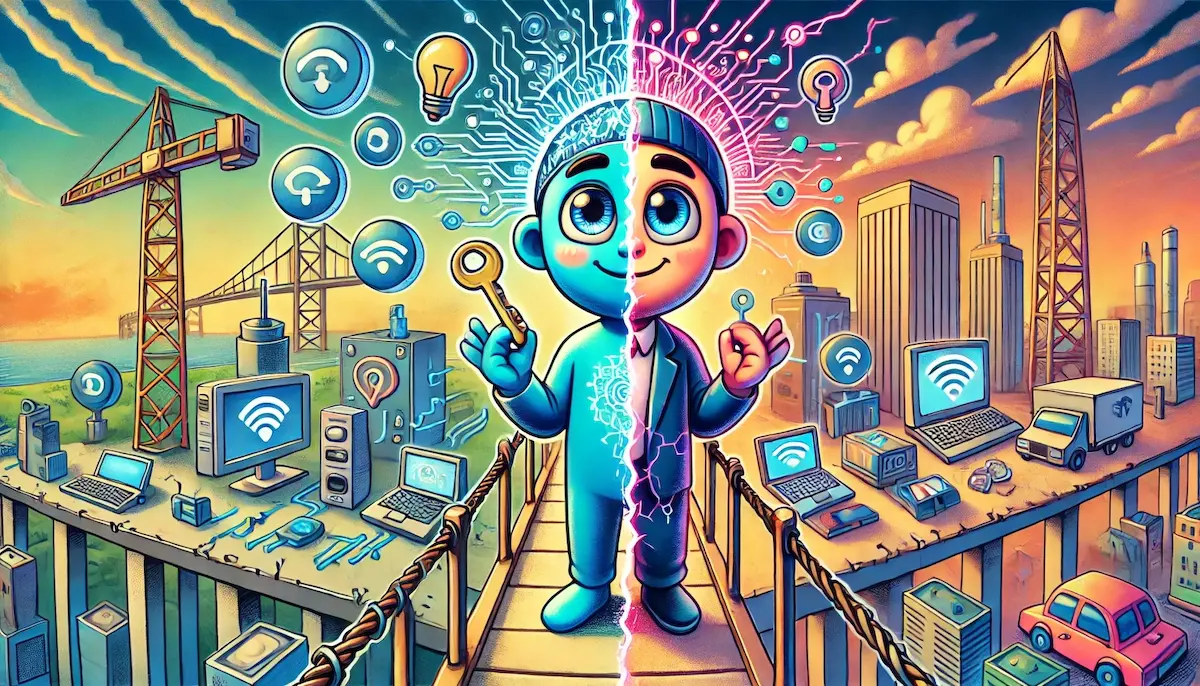The digital divide refers to the gap between individuals, communities, and countries in their access to information and communication technologies (ICTs). This divide can manifest in various forms, including differences in access to the internet, digital literacy, and the availability of technological infrastructure. Addressing the digital divide is crucial for promoting equality, economic development, and social inclusion in the increasingly digital world.
Key Aspects of the Digital Divide
Access to Technology
The most visible aspect of the digital divide is the disparity in access to technology. This includes the availability of devices such as computers, smartphones, and tablets, as well as access to high-speed internet. In many parts of the world, particularly in rural and low-income areas, people lack reliable access to these technologies, limiting their ability to participate in the digital economy and society.
Digital Literacy
Digital literacy refers to the ability to effectively use digital technologies for various tasks, such as accessing information, communicating, and problem-solving. A lack of digital literacy can prevent individuals from fully benefiting from technological advancements. This divide is often seen among different age groups, educational backgrounds, and socioeconomic statuses.
Quality of Access
Even when individuals have access to digital technologies, the quality of that access can vary significantly. Factors such as internet speed, reliability, and affordability play a crucial role in determining the extent to which people can leverage technology. High-quality access is essential for activities like online education, telehealth, and remote work.
Socioeconomic Factors
Socioeconomic factors, including income, education, and employment status, heavily influence one’s ability to access and use digital technologies. Higher-income individuals and communities are more likely to afford the latest devices and high-speed internet connections, while lower-income groups often struggle to keep up with technological advancements.
Geographic Disparities
Geographic location significantly impacts access to digital technologies. Urban areas tend to have better infrastructure and more competitive markets, resulting in higher availability and lower costs of internet services. In contrast, rural and remote areas often face challenges such as limited infrastructure, higher costs, and slower internet speeds.
Impacts of the Digital Divide
Education
The digital divide has profound implications for education. Students without access to reliable internet and devices are at a disadvantage compared to their peers who have these resources. This gap was particularly evident during the COVID-19 pandemic, when many schools shifted to online learning. Bridging the digital divide in education is essential for ensuring equal learning opportunities for all students.
Employment
Access to digital technologies and skills is increasingly important for finding and retaining employment. The digital divide can limit job opportunities for individuals without the necessary digital skills or internet access. This can exacerbate income inequality and hinder economic mobility.
Health Care
Telehealth services rely on digital technologies to provide remote medical consultations, monitoring, and care. The digital divide can prevent individuals, especially those in rural or underserved areas, from accessing these services, leading to disparities in health care outcomes.
Civic Participation
The internet is a critical tool for civic engagement, allowing individuals to access information, communicate with representatives, and participate in public discourse. Those without reliable internet access may be excluded from these democratic processes, reducing their ability to influence public policy and advocate for their rights.
Economic Growth
The digital divide can hinder economic growth by limiting the ability of individuals and businesses to participate in the digital economy. Access to technology is essential for innovation, productivity, and competitiveness. Bridging the digital divide can drive economic development and create new opportunities for growth.
Strategies to Bridge the Digital Divide
Infrastructure Development
Investing in infrastructure is essential for providing high-speed internet access to underserved areas. This includes expanding broadband networks, improving connectivity in rural and remote areas, and ensuring that infrastructure is resilient and future-proof.
Affordable Access
Making internet access affordable is crucial for bridging the digital divide. Governments and private companies can collaborate to offer subsidized internet plans, provide free public Wi-Fi, and implement policies that promote competition and lower costs.
Digital Literacy Programs
Implementing digital literacy programs can help individuals develop the skills needed to use digital technologies effectively. These programs can be offered in schools, community centers, and workplaces, targeting diverse populations, including seniors, low-income individuals, and those with limited educational backgrounds.
Public-Private Partnerships
Public-private partnerships can play a significant role in addressing the digital divide. Governments, businesses, and non-profit organizations can collaborate on initiatives to expand access, provide devices, and offer digital skills training.
Policy and Regulation
Governments can implement policies and regulations that promote digital inclusion. This includes ensuring that telecommunications companies meet accessibility standards, providing funding for digital literacy programs, and creating incentives for businesses to invest in underserved areas.
Conclusion
The digital divide represents a significant barrier to achieving equality and inclusion in the digital age. By addressing the key aspects of this divide—access to technology, digital literacy, quality of access, socioeconomic factors, and geographic disparities—we can create a more inclusive digital landscape. Bridging the digital divide is essential for ensuring that all individuals have the opportunity to participate fully in the digital economy and society, leading to greater economic growth, social inclusion, and overall well-being.
Blockfine thanks you for reading and hopes you found this article helpful.
